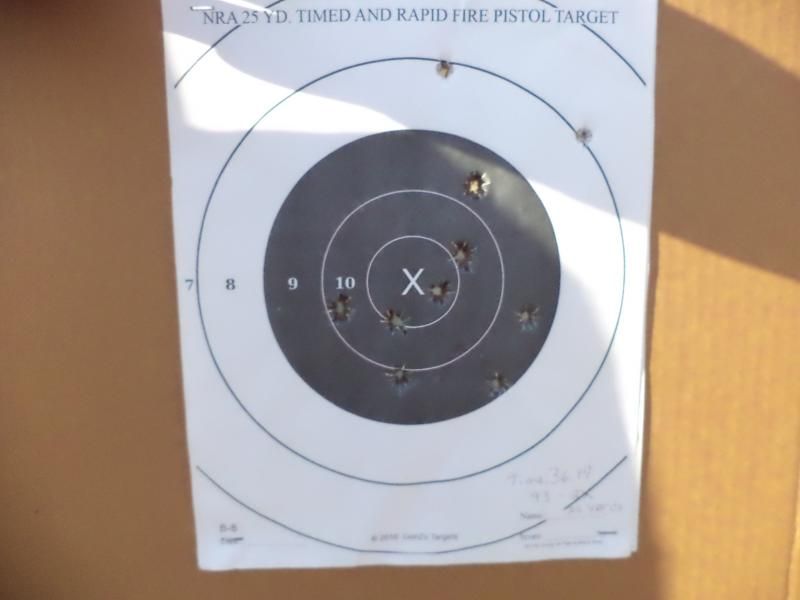
Originally Posted by
okie john

That's part of it. But I think a lot of it is generational, like when Malamute talks about the dark ages. Most shooters on PT.com understand the fundamentals of accuracy: how to shoot a group, what a zero is and why it matters, the need for good ammo, etc. Most new shooters have no idea about that stuff. They have no idea it's possible to shoot small groups until they see it in places like this. When they see us actually doing it, they want to learn how to do it themselves.
When I started shooting four decades ago, the Modern Technique was pretty esoteric stuff. People understood that using two hands was good, but that was it. We focused on rifle-like accuracy at 25 and 50 yards. The premier handguns were Colt or Smith revolvers and tuned Colt or Browning autos. Ruger was just getting a foothold, Browning was the only import that could seriously challenge domestic arms makers, and action shooting didn’t exist outside of southern California.
We also didn't have the internet. Print writers like Elmer Keith, Bob Milek, Skeeter Skelton, George Nonte, Lee Jurras, and others larded their articles and books with pictures of small groups and zero emphasis on the kind of speed we take for granted today. Ed McGivern was dead; Bob Munden and Bill Jordan were fast up close, but neither of them used their sights. McGivern’s “Fast & Fancy Revolver Shooting” had a whole chapter on timers, but nobody else had one. Chronographs were rare. Relative to wages today, factory ammo was far more expensive than it is now, so if you wanted to shoot a lot you had to be wealthy, join the military, be a cop, or reload. Mike Dillon hadn’t started making presses yet, so we all used single-stage presses, which are so slow that anything like FAST or a Bill Drill would have been considered a frivolous waste of ammo.
When Jeff Cooper’s work hit the tipping point in the mid-70’s, we realized that being able to hit a dinner plate at 7m was enough to keep you alive most of the time, but you had to do it quickly—DVC and all that.
Then, as Bill Riehl puts it, the world lost its way.
Sights got bigger, targets got bigger and closer, and par times got shorter. When the Tueller Drill came along, we all started trying to get two hits at 21 feet in 1.5 seconds. That was all a Brave New World for a LOT of people, and all of it was good. But more and more unqualified people started calling themselves instructors. The worst of them focused on “combat accuracy” because it was The Latest Thing and you could help people to get measurable improvements quickly, which is impossible with accuracy. Add the ability to spread nonsense online, and it makes sense that some new shooters are astonished to see someone get hits at 25 yards and beyond.
I spend a lot of time helping new shooters at my club, and I worked on rental ranges before that. From what I see, new guys want to shoot fast, but few of them can keep a full magazine on the paper beyond 10 yards. Few of them understand the concept of zero, and some of them actually get upset when I tell them that centering their sights on the slide may not make POA and POI match up. Putting five shots in the black at 25 yards or cleaning The Test amazes them.
I first started asking about accuracy with polymer handguns three or four years ago. Most responses to my threads were of the you-can’t-outshoot-your-pistol-so-why-bother school. So I’ve gone out to learn what I can about making a modern service pistol shoot well and I share it when I can.
I agree that the well-rounded shooter must be able to balance speed and accuracy on demand. A lot of posters on the slow-fire threads have speed but not accuracy, hence the threads. The rest of us need to go out and teach these folks, and to spend more time on stuff like that LAV drill.
Anyway, that’s one old guy’s take on it.
Okie John



 Reply With Quote
Reply With Quote








